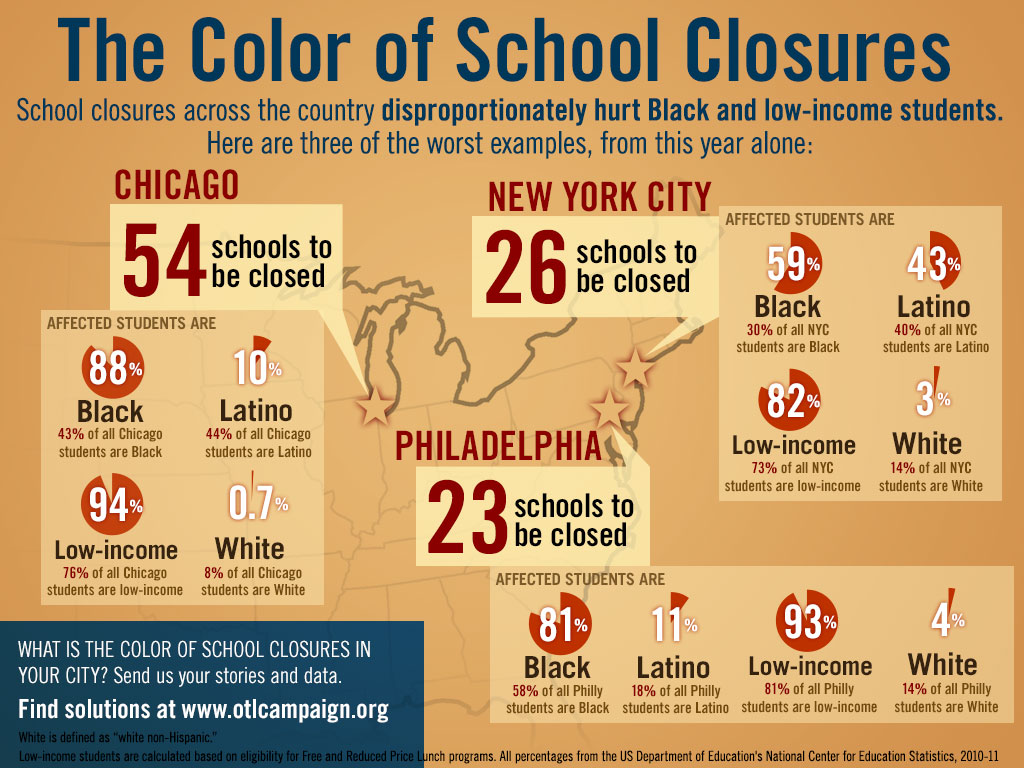Why schools still can’t put segregation behind them

A federal district court judge has decided that Gardendale – a predominantly white city in the suburbs of Birmingham, Alabama – can move forward in its effort to secede from the school district that serves the larger county. The district Gardendale is leaving is 48 percent black and 44 percent white. The new district would be almost all white.
The idea that a judge could allow this is unfathomable to most, but the case demonstrates in the most stark terms that school segregation is still with us. While racial segregation in U.S. schools plummeted between the late 1960s and 1980, it has steadily increased ever since – to the the point that schools are about as segregated today as they were 50 years ago.
As a former school desegregation lawyer and now a scholar of educational inequality and law, I have both witnessed and researched an odd shift to a new kind of segregation that somehow seems socially acceptable. So long as it operates with some semblance of furthering educational quality or school choice, even a federal district court is willing to sanction it.
While proponents of the secession claim they just want the best education for their children and opponents decry the secession as old-school racism, the truth is more complex: Race, education and school quality are inextricably intertwined.
Rationalizing Gardendale’s segregation
In some respects, Gardendale is no different from many other communities.
Thirty-seven percent of our public schools are basically one-race schools – nearly all white or all minority. In New York, two out of three black students attend a school that is 90 to 100 percent minority.Why schools still can't put segregation behind them:


